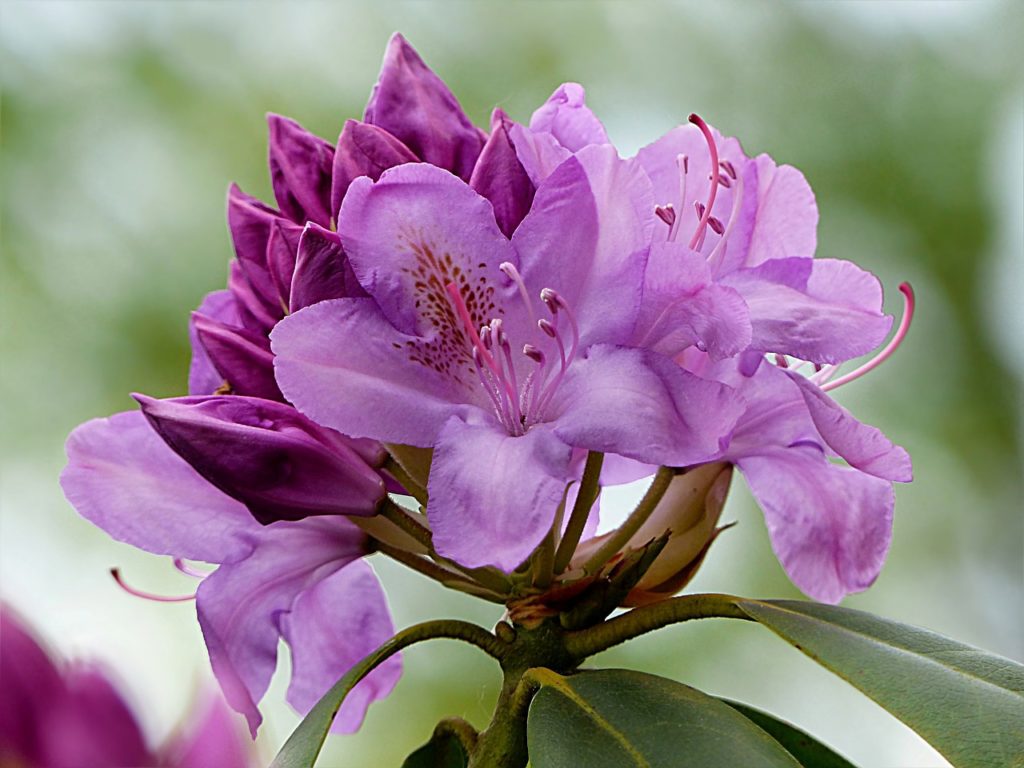The Flowers of July
Summertime brings with it much sunshine and heat. It also brings an array of show-stopping summer flowers that thrive in heat. They come in every color of the rainbow and many are care-free. Here are a baker’s dozen of favorite July blooms.
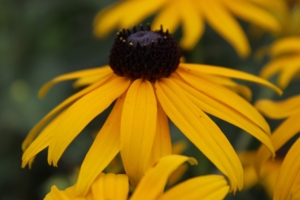
Black Eyed Susans
This sunflower-like plant prefers full sun, can grow over 3 feet tall, attracting birds and butterflies. Native to North America and one of the most popular wildflowers grown, they tend to blanket open fields, often surprising the passerby with their golden-yellow beauty.
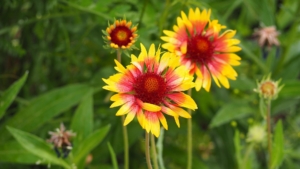
Blanket Flowers
Gaillardia looks like a miniature sunset, fading between yellow, orange, red, and sometimes burgundy. They are a short-lived perennial with richly colored, daisy-like flowers that slowly spread to blanket an area.
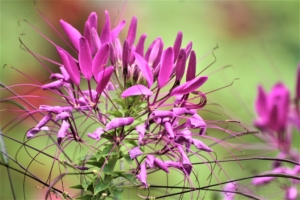
Cleome
Cleome, also called spider flower, grows to be about 3 to 5 feet in rose, pink, purple, and white. Cleomes are sometimes overlooked at the nursery as they look weedy as seedlings. But once the flower clusters emerge, they will become a easy-to-care-for favorite in your yard.
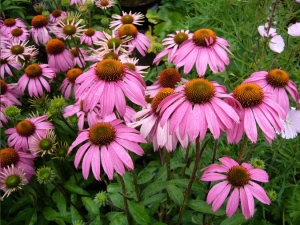
Coneflowers
This is a favorite flower of birds, butterflies and humans. A native American plant indigenous to the central plains, it is virtually indestructible. These large daisy-like, rosy purple petals surrounding a copper-colored, dome-shaped central seed head are a perfect cutting flower.

Cosmos
Cosmos are annuals with colorful daisy-like flowers that sit atop long slender stems. Blooming throughout the summer months, they attract birds, bees, and butterflies to your garden. This full-sun perennial grows to 2 to 5 feet high with blooms in crimson, pink, and white.
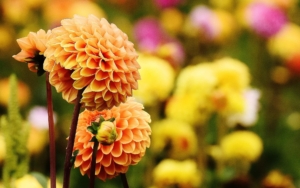
Dahlias
Spanish Hidalgos observed dahlias growing in Mexico as early as the 16th century, where they were cultivated and eaten by the Aztecs. These colorful, spiky flowers bloom from midsummer right through first frost, when many other plants are past their best. Plant bulbs in the springtime if you want to add Wow to your garden.
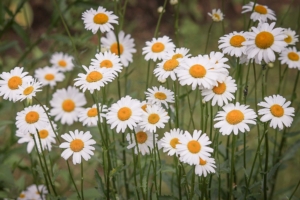
Daisies
Always cheerful, these perennials grow in mounds of tall stems bloom for months on end, and almost never fail to reappear next spring. They will bloom all summer long.
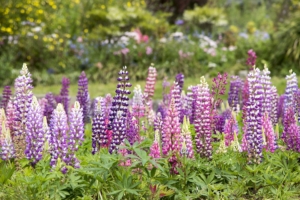
Delphinium
Delphinium, also called Larkspur are the birth flower for the month of July. It blooms from late spring to late summer, and are said to symbolize ‘an open heart’. They are perennials grown for their showy spikes of colorful flowers in shades of blue, pink, white, and purple. They are popular in cottage-style gardens and cutting gardens.
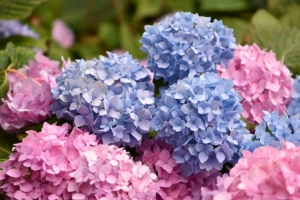
Hydrangeas
The name for these summer-flowering plants comes from the Greek “hydor.” Unlike many July flowers, hydrangeas need plenty of water and bloom from early spring to late autumn. The color of the hydrangea flower depends on the pH of the soil in which they are grown and can be white, blue, red, pink, light purple, or dark purple.
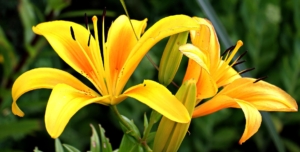
Lilies
Lilies have large, showy blooms, adding striking elegance to your yard from early to midsummer. Grown from bulbs, lilies are perennial flowers that will return year after year and require minimal care.
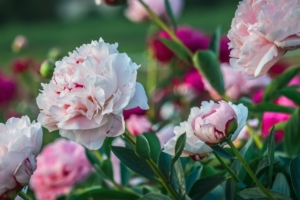
Peonies
Peonies signal the beginning of summer each year. Some bushes can thrive for half a century or more! One of the most magnificent mainstays of any garden, peonies are virtually pest-free; deer and rabbits don’t like its bitter taste.
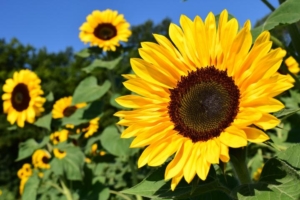
Sunflowers
Sunflowers grow best with full sun in fertile, moist soil, and are readily available throughout the late summer. They are sure to brighten up even the gloomiest of days, whether planted in a long row along a fence or massed in a sunny border.

Zinnias
A traditional plant for pollinator gardens, zinnias are easy to grow and require full sun. Great in borders and container gardens, the flowers are great for cutting. They can grow anywhere from 4 inches to 4 feet high and comes in almost every color except for blue.
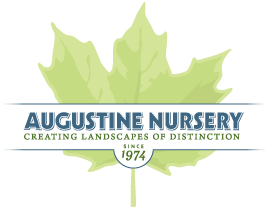
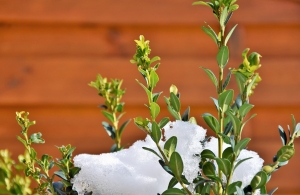 Broadleaf Evergreens
Broadleaf Evergreens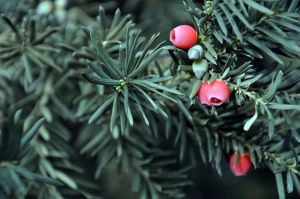 Conifer Evergreen Shrubs
Conifer Evergreen Shrubs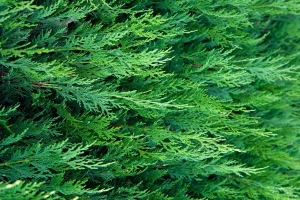 Conifer Evergreen Trees
Conifer Evergreen Trees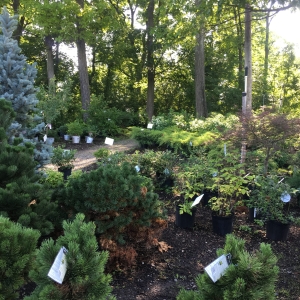 Don’t accept the monotony of a typical winter landscape. Augustine Nursery carries an impressive array of evergreens in all shapes and sizes for homeowners and landscapers. Ask us how you can best add evergreens to your yard.
Don’t accept the monotony of a typical winter landscape. Augustine Nursery carries an impressive array of evergreens in all shapes and sizes for homeowners and landscapers. Ask us how you can best add evergreens to your yard. 